Pork Supply Chain Optimization: Sanitation and Safety
Product Type: Livestock – pork
Stage: Production & Harvesting, Processing & Packaging, Handling & Storage, Distribution & Market, Consumption
Problem: Lack of traceability in pork production chain, poor management and production practices leading to waste
Solution: Implementation of waste-reducing production practices, application of traceability protocols throughout production chain
- Transportation and slaughter: Transportation for slaughter should follow humane standards including cleaning, watering, and maintaining low-stress loading density. Pigs before slaughter should be acclimated to surroundings for about twenty-four hours to reduce stress and prevent production of tough meat after slaughter.


- Slaughter and processing: 260V shocks are used to induce shock and coma before slaughter. Caesarean section removes internal organs to avoid contamination of carcasses. Veterinary checks of offal and meat for disease improve safety and reduce waste through efficient identification of problematic production.



- Processing, Handling & Storage: Pig carcasses are wrapped and tagged for traceability and assurance after veterinary check. Carcasses are refrigerated after slaughter to prevent spoilage and contamination. Carcasses are clearly marked to facilitate low-waste cutting, cut pork is packaged in batches and chronologically with cutting time. Cuts are individually packaged and given traceable bar codes which correspond to packing crates and columns for distribution to market and purchase.

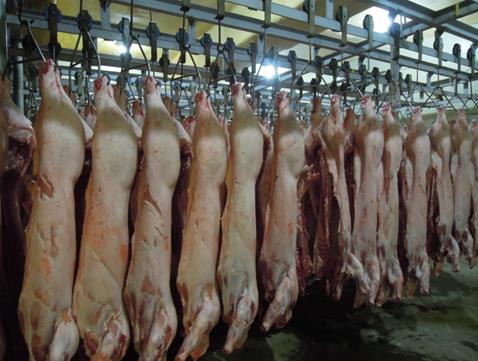

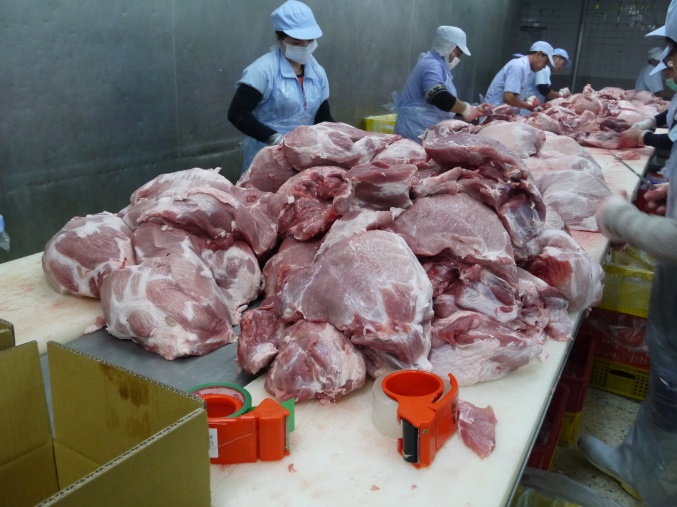

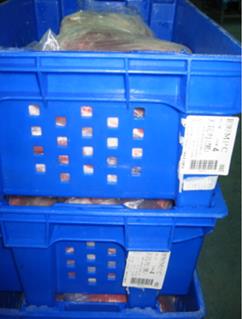
- Traceable pork is kept separate from non-traceable pork production and divided for freezing or fresh storage. Use of refrigerated transportation prevents loss in transit from spoilage.
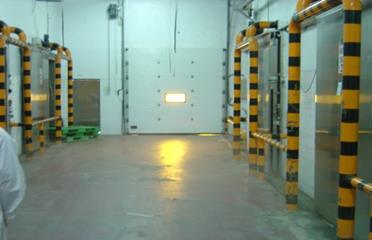
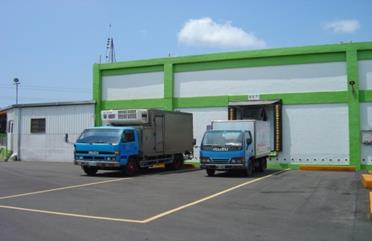
- Use of consistent barcodes for stores maintains traceability. Consumers can scan bar codes with mobile phones to check source of pork for safety and knowledge of production chain.


Resource :
Source: Dr. Wen-Shyan Chen, Livestock Research Institute, Council of Agriculture, Chinese Taipei
